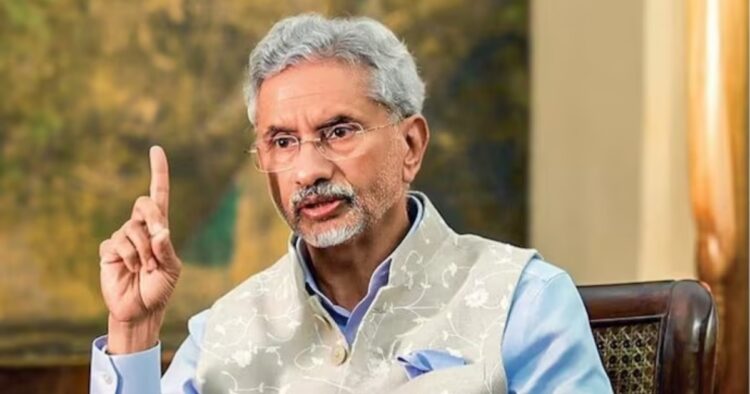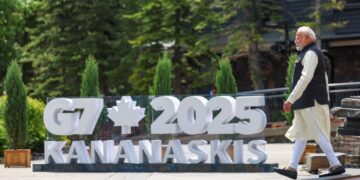India and China have been working to rebuild their strained relationship after nearly five years of tension. External Affairs Minister S. Jaishankar recently addressed this issue, recalling how China’s unilateral attempts to change the status quo at the Line of Actual Control (LAC) in 2020 were unacceptable.
In a conversation with the Asia Society, Mr. Jaishankar made it clear that while India acknowledges there will be issues between the two nations in the foreseeable future, they should be handled through peaceful and diplomatic means, not aggression. His remarks highlight how China’s actions in 2020 led to severe consequences for bilateral ties.
China’s Aggression and Its Consequences
The tensions between India and China escalated in mid-2020 when Chinese troops attempted to unilaterally alter the status quo along the LAC in eastern Ladakh. The violent clashes in Galwan Valley resulted in the loss of soldiers on both sides, with India losing 20 brave soldiers in the deadly skirmish.
This blatant aggression by China was a direct violation of previous agreements meant to maintain peace along the border. The incursion led to a military standoff that lasted for years, with India refusing to back down against China’s expansionist policies. The Indian Army responded with a strong defense, ensuring that China did not succeed in its plans.
The Deep Freeze in Relations
Following the Galwan Valley clash, India-China relations hit an all-time low. New Delhi took strict measures to counter China’s influence, banning over 200 Chinese apps, including TikTok, citing national security concerns. The Indian government also pushed for reducing dependency on Chinese imports, leading to a significant decline in Chinese investments in India.
Public sentiment in India turned sharply against China, with nationwide calls for boycotting Chinese goods. The diplomatic and military dialogue between the two nations continued for years, with India maintaining that normal relations could only resume once peace was restored along the border.
It was only in October 2024, after multiple rounds of military and diplomatic negotiations, that both sides agreed to return to the status quo before 2020. This agreement paved the way for a meeting between Prime Minister Narendra Modi and Chinese President Xi Jinping during the BRICS Summit in Russia.
Despite the agreement, India remains cautious. Trust has been severely damaged, and the Indian government is taking careful steps to ensure that China does not repeat its past mistakes. India has continued to strengthen its border infrastructure and modernize its armed forces to prevent future provocations.
While diplomatic efforts are essential, India must remain vigilant. China’s history of border incursions, whether in Ladakh or Arunachal Pradesh, proves that its intentions cannot be trusted blindly.
India, under Prime Minister Narendra Modi’s leadership, has shown remarkable resilience in dealing with China’s aggression. Unlike in the past, India has taken a firm stand, making it clear that any attempt to alter the border through force will be met with a strong response.
China must now demonstrate its commitment to peace through actions, not just words. The future of India-China relations depends on Beijing’s ability to respect agreements and maintain stability at the border. Until then, India must continue to bolster its military preparedness and strengthen its alliances with like-minded nations to counter any future threats.

















Comments